
Ceylon Tea Regions
The brew in your cup has a story to tell. It speaks of rolling hills, abundant sunshine, and lush provinces.
In Sri Lanka, the central and southern provinces produce most of its tea. Varying elevations and micro-climates influence the distinctive flavour, colour, aroma and seasonality of Ceylon tea.
Low-country (Upto 2000ft above sea level)
The regions of Ruhuna and Sabaragamuwa are known for their long leaf tea. When tea from this region is brewed, you get a cuppa with a burgundy hue and a caramel and malty flavour. This black tea is popular in the Middle East, the CIS countries, and the UK.
Mid-country (2,000ft ~ 4,000ft above sea-level)
Tea from the misty hills of Kandy is known for its full-bodied flavour and a copper tint. It’s a favourite amongst the Aussies and Americans.
High-country (Above 4,000ft from sea-level)
The eastern highlands of Uva, is celebrated world-wide for its intense pungency and refreshing aroma.) Unique to Uva are micro-climatic conditions that allow estate owners to experiment with growing new types of tea.
There are three other high-altitude provinces in Sri Lanka called Nuwara Eliya, Dimbula, and Uda Pussellawa. If you like aromatic teas with a mellow character, you will love the tea from here.
-
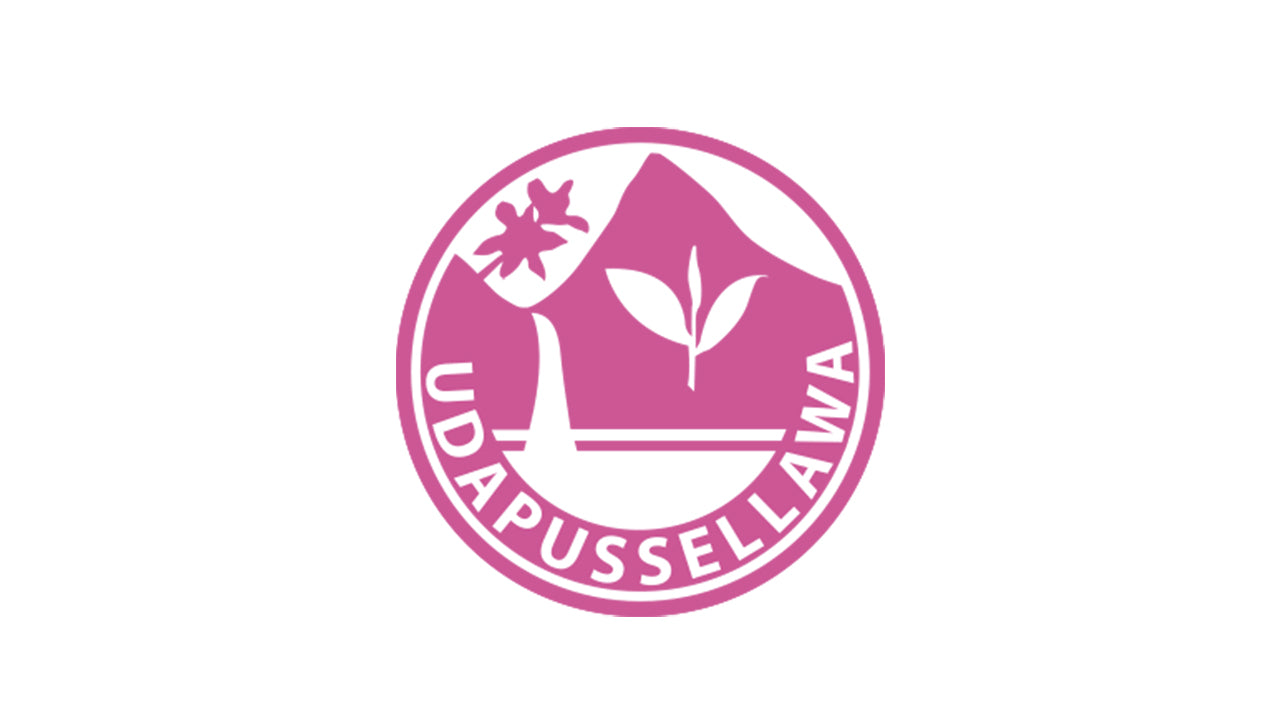 Uda Pussellawa Tea
Uda Pussellawa TeaThis region is twice blessed. It’s blessed during the months of June and September when the southwest monsoon arrives; a cold and dry spell to spur the tea bush to sprout the leaves that will produce a medium-bodied rosy tea graced with subtle character. Then it’s blessed again between November and January when the northeast monsoon’s yearly visitation brings rain in its wake and makes the tea darker in colour and stronger in flavour, adding more tang.
-
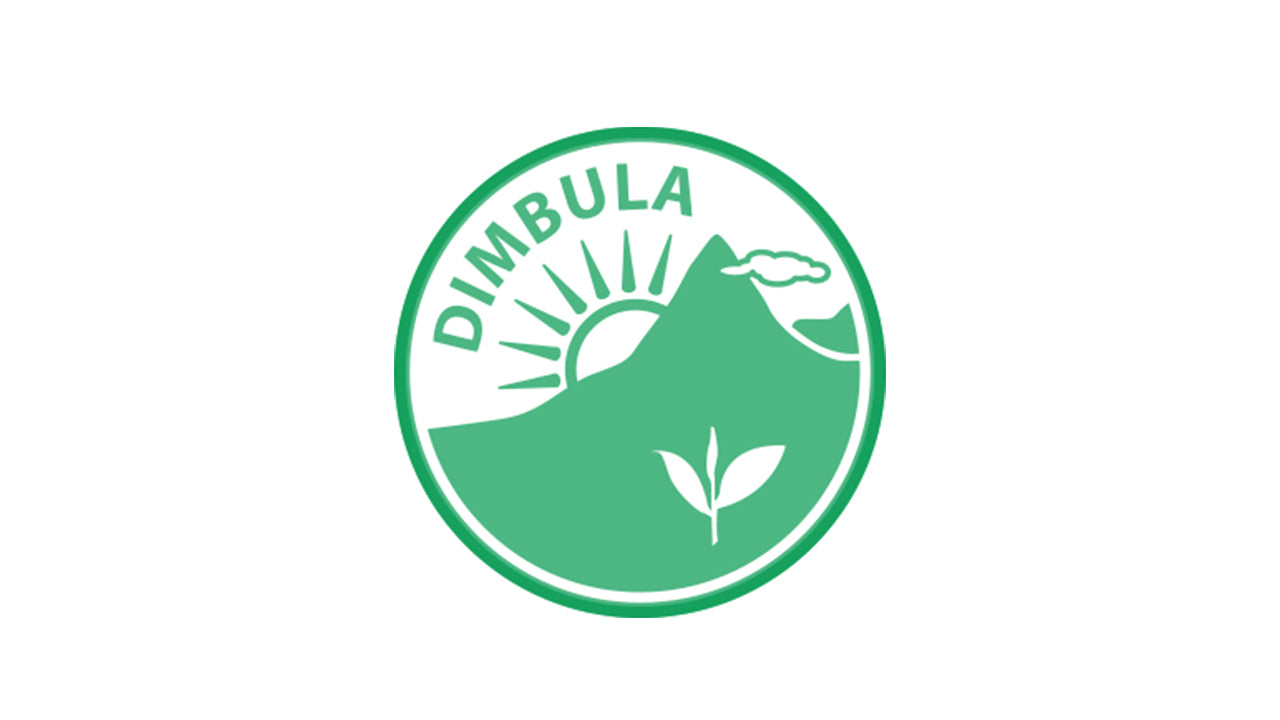 Dimbula Tea
Dimbula TeaIt is cool and dry between December and March and then the heavens open up to send in the rains between May and September. Two different climates within each year dictate Dimbula’s tea produce; a host of natural flavours with a hint of jasmine spiced with cypress. The tea when brewed displays a hue of a reddish, golden orange. And when tasted, it’s surprising to find a taste refreshingly mellow. Defined as ‘high grown’ tea, it is probably, the most famous Ceylon Tea of all.
-
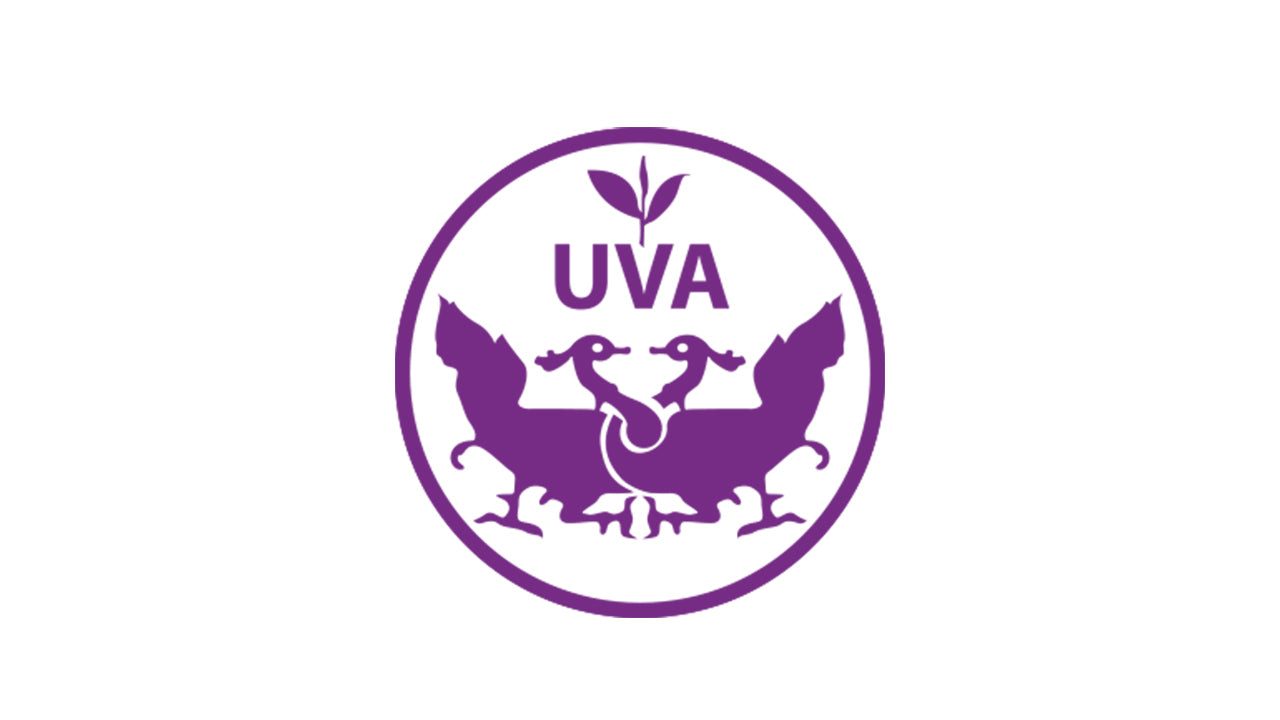 Uva Tea
Uva TeaIt’s the climate that makes Uva tea highly prized. The mountainous terrain is exposed to both monsoon seasons; the annual northeast and the southwest monsoons.
But when the winds reach these climes and howl around its high towers, they blow bereft of moisture – a spent force which had discharged its water content in the hills below.
The dryness gives Uva tea a special concentrated aroma and a distinct exotic flavour.
-
 Nuwara Eliya Tea
Nuwara Eliya TeaFrom the mist wrapped mountains of Nuwara Eliya that rise from the centre of the island to soar over 6000 feet above sea level, where the morning air is cool and bracing and the nights cold and touched with frost, come the lightest and the most refined. Nuwara Eliya is the champagne province of the country’s tea lands with best imbibed light.
-
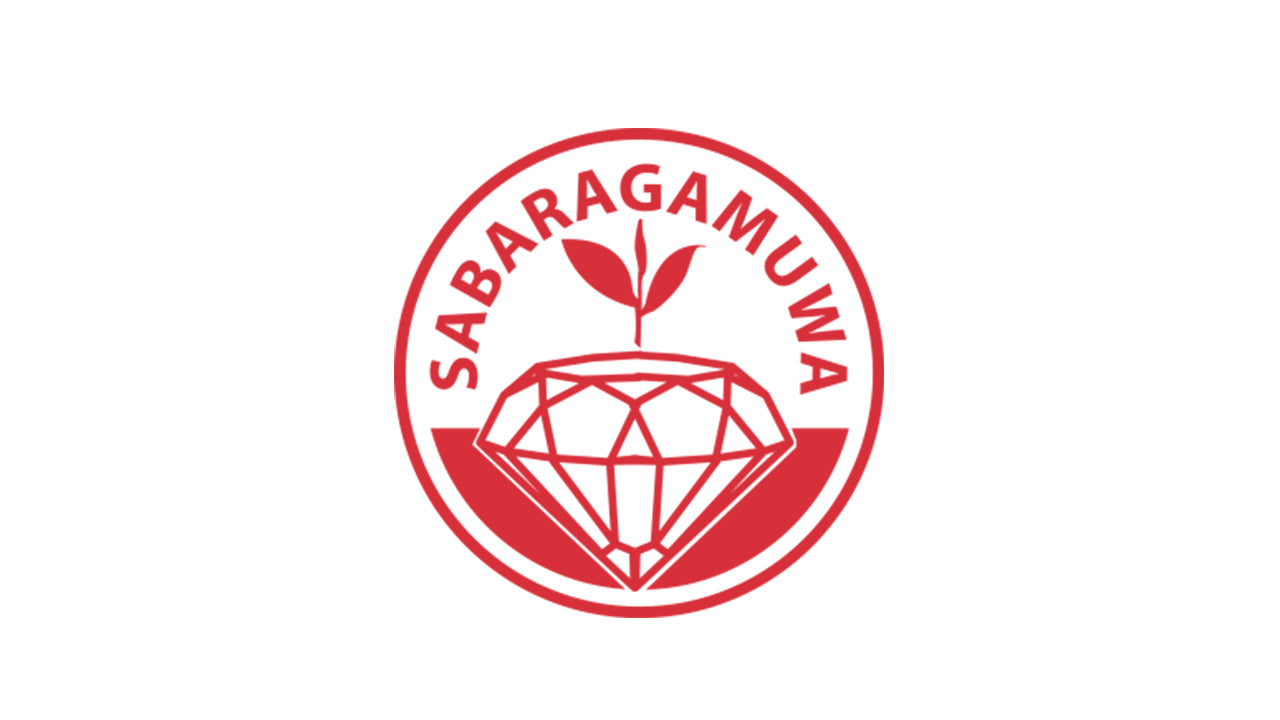 Sabaragamuwa Tea
Sabaragamuwa TeaIt’s not only in the mountains that Ceylon Tea brews best. The region of Sabaragamuwa, geographically placed at a lower elevation, musters a tea that is second to none. The climate which is hot and humid in the open air and moist and cool where the surrounding foliage is dense, serve to produce a dry tea leaf of a dark reddish black hue.
-
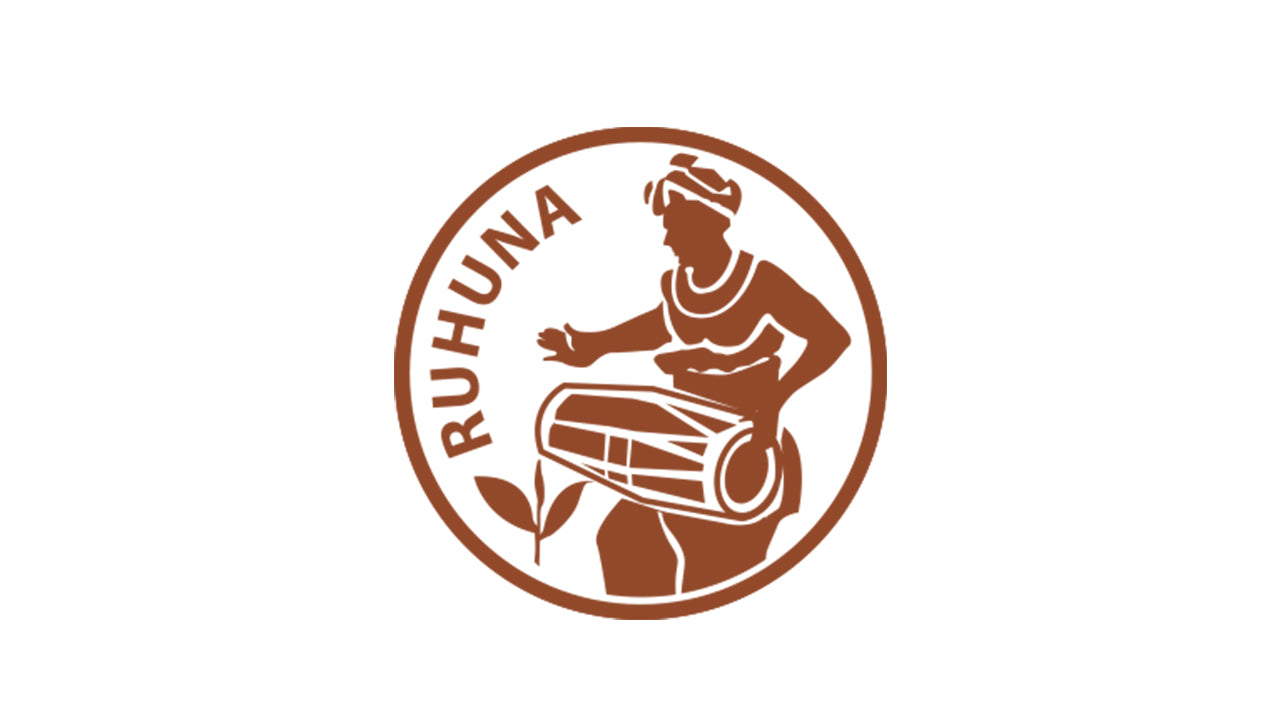 Ruhuna Tea
Ruhuna TeaRained on by the southwest monsoon, warmed by the tropic sun, the island’s low lying area’s tea have continuously showed their colours by producing leaves with a distinct blackness which imparts a strong and rich taste to rival the best the rest of Lanka can offer. From the south comes a tea full-bodied in its timbre with its flavour vibrant and strong.
-
 Kandy Tea
Kandy TeaThis mid country tea grown at 2,000 to 4,000 feet above sea level produces robust, full-bodied teas. Ideal for those who love their tea strong, bursting with flavour: the perfect wake-up tea for winter mornings, or when the heart needs a perky sprint.







